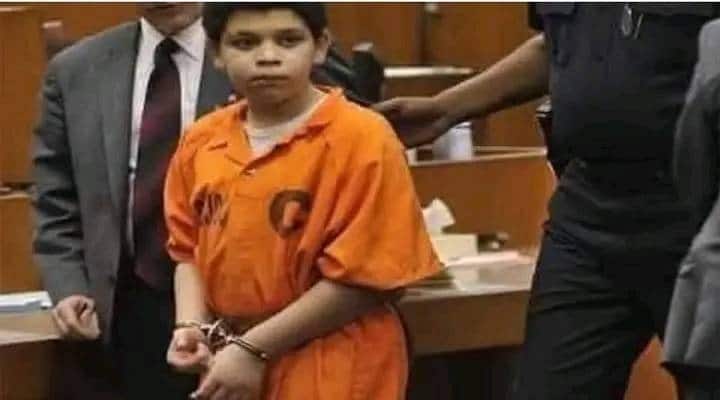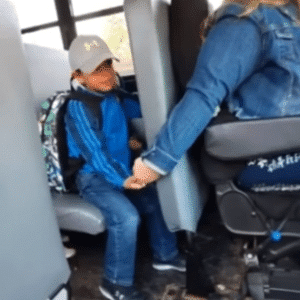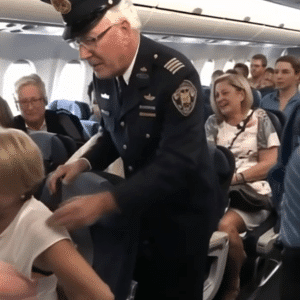79 Children in America Are Serving Life Without Parole. What Does That Say About Us?
He was just a kid, locked in a prison cell, waiting to be executed. As a final request, he asked for—
That story is just one of many that illustrate a painful reality in the U.S.—a country with one of the highest incarceration rates in the world. According to human rights groups like Human Rights Watch and the Equal Justice Initiative, at least 79 minors under the age of 14 are currently serving life sentences without the possibility of parole in the United States.

These numbers have sparked outrage from international organizations, legal experts, and child advocates. At the heart of the debate is a difficult question: Should children ever receive the harshest punishment our justice system allows?
The crimes that landed these minors in prison for life range from homicide during botched robberies to being present at the scene of a crime without ever touching a weapon. A common thread connects many of their stories: poverty, broken homes, community neglect, systemic racism, and histories of abuse.
One of the most well-known cases is Lionel Tate, who was just 12 years old when he was convicted of murdering a 6-year-old girl during what he claimed was a pretend wrestling match. His sentence was eventually reduced, but the case became a flashpoint in the national conversation about trying children as adults.
“Life sentences for kids go against the core principles of justice and human rights,” says Juan Méndez, former U.N. Special Rapporteur on Torture. “These children aren’t emotionally, mentally, or morally developed. Locking them away forever is like saying they’re beyond redemption—and that’s simply wrong.”
Still, some states—like Florida, Michigan, and Pennsylvania—have argued that certain crimes, even when committed by children, are so severe they warrant the harshest penalty.
There has been some progress. In 2012, the U.S. Supreme Court ruled that mandatory life sentences for juveniles are unconstitutional, and in 2016, it decided this ruling should apply retroactively. Despite those decisions, many cases remain unreviewed, leaving dozens of children and now young adults trapped in the system.

Advocacy groups continue to push for change. They are calling for alternatives like restorative justice programs, sentence reviews, and rehabilitation-focused interventions.
“Childhood should be a time for learning, for growth, for second chances,” says Bryan Stevenson, civil rights lawyer and founder of the Equal Justice Initiative. “When we sentence a child to die in prison, we’re saying they can’t change. That’s not just unjust—it’s untrue.”
In a country that constantly debates crime, punishment, and fairness, the stories of these 79 children challenge us to think about what justice really looks like—and how we treat the most vulnerable among us.
Because how we treat children, even those who’ve made serious mistakes, says something profound about who we are as a nation.





